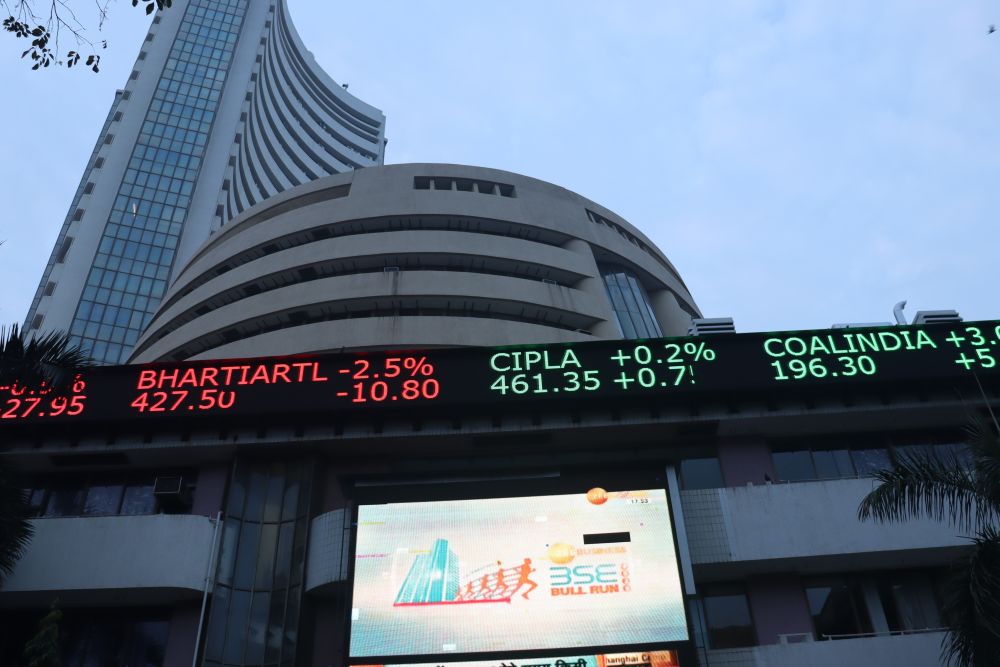Renewable energy adoption was a key issue that led to a change of government in the recent Australian elections.
And the groundswell of public opinion in support of climate action is sweeping other parts of Asia-Pacific as well, according to Ben Arnott, head of energy finance and advisory, Southeast Asia, at Société Générale.
“People want to see a different agenda on climate,” Arnott tells The Asset.
Asia is home to almost 60% of the world’s population and is responsible for about 50% of energy-related greenhouse gas emissions, according to the International Renewable Energy Agency (Irena). And the region lags behind on renewable energy use, accounting for less than 15% of total primary energy consumption in 2020.
That is about to change, however. Across Southeast Asia and, more broadly, across Asia-Pacific, the generational transfer of wealth is also seeing the handover of decision-making to younger, more sustainable and greener hands.
And while the so-called black industries may have been the source of the original wealth, the transition into renewable energy has gained an unyielding momentum that, based on demographics and attitudes, will potentially carry on for decades. The old black is now turning into the new green.
Governments and institutions across the APAC region have made aggressive pledges to reach net zero. But if the recent Australian elections are any indication, it is almost certain that the adoption of renewable energy is now being driven from the bottom up.
Climate change concerns were heavily expressed by younger voters in Australia, which saw the pro-climate action Labor Party gain power. There is every reason to expect those same aspirations are also being pursued by the growing middle class in other parts of the region, who want a clean environment for their children.
But with its strong economic growth, Southeast Asia’s demand for energy is expected to continue growing by 4.7% per year through to 2035. With renewable energy lagging, continued use of fossil fuels will mean more damage to an already ravaged environment.
Green financing hub
Still, investment into renewable energy is moving fast across APAC, and for it to maintain its momentum, there must be a solid regulatory framework and clear government support, as well as access to a full range of local and international financing tools.
In Singapore, following a series of positive developments over recent years, these pieces are now falling into place. Arnott believes that its established legal system, supportive policies and innovative initiatives all bode well for the city-state to establish itself as the region’s green financing centre.
From his base in Lion City, Arnott and his team have been active in exploiting financing opportunities to expedite energy transition activities across APAC.
In India, for example, Société Générale has supported seven energy transition deals in the past two years. These projects mobilized total funding of US$2.8 billion for 3.2 gigawatts of additional renewable capacity and essential upgrades to the country’s transmission grid.
In Indonesia, Société Générale was one of a trio of banks to provide financing for the country’s first floating solar power plant. The145-megawatt (alternating current) plant being developed by PT Pembangkitan Jawa Bali Masdar Solar Energi (PMSE), a joint venture between Abu Dhabi Future Energy Company (Masdar) and PT Pembangkitan Jawa-Bali Investasi (PJBI), and is expected to begin commercial operation in the fourth quarter of 2022.
The plant, set to be the largest of its kind in Southeast Asia and one of the largest in the world, is being built on the Cirata reservoir in West Java province. Once completed, it will provide enough electricity to power 50,000 homes, offset 214,000 tonnes of carbon dioxide emissions, and contribute to the creation of up to 800 jobs.
A managed transition
The progress made in India and Indonesia also serves as a template for other emerging economies in the region that are facing the urgent need to transition away from coal power such as China and Australia.
Arnott believes that with the right policy framework, the support of public and private institutions and access to multiple funding sources, mobilizing finance on the scale required for the net-zero transition is attainable.
While Asia’s topography can accommodate all forms of major renewable energy sources, solar, geothermal, wind, biomass and hydropower are destined to dominate.
“What we've seen in our renewable energy financing for this region is that it's locational. There is geothermal, hydro and solar across Southeast Asia but we might see offshore wind developing in a large way in Vietnam and India, for instance, and in heavily populated areas where space is a premium, we expect to see more floating solar projects,” Arnott says.
At present, transformation into renewable energy may not always be possible due to the mismatch in infrastructure delivering the power to the consumer.
“There is a risk attached as well that if you move too quickly into certain areas, you can create inefficiencies and can leave yourself with maybe a transmission network that is not up to scratch,” he says.
“In those locations, what I hope occurs is that we can get a managed transition to deliver more affordable energy to people that need it in this region, but it is something that needs to be carefully managed, it's not just a flick of the switch.”









